Our memories are all about connections. New information is associated with existing knowledge through a patchwork interconnecting links. This is why when you think of the word “plate”, you think of associations such as a burger or a pasta. Food is strongly connect to the concept of a plate.
So why does our human brain tell us burning rocks smell good?
Charcoal is not edible, and would not be pleasant to eat if it was. Even so, when many of us smell charcoal, our first reaction is to think, “Yum!” The smell of charcoal is an olfactory sensory memory which may be strongly connected to your food memories because of our culture’s love of cookouts. This means when you walk down the sidewalk and smell a neighbor’s warming grill, your brain recalls memories of tasty food. The same may not be true if you saw a pile of used up and cooled charcoal. This visual stimulation may be more closely linked to clean up tasks and garbage, and thus does not make your mouth water.
Memories which last the longest have strong connections which are revisited often. Information in our brain is passed from neuron to neuron by a structure called a synapse. The average brain has trillions of these with almost infinite pathway potentials. The more a pathway is used, the stronger it becomes and the longer information can be retained. If you haven’t revisited the information you learned in 5th grade about our state capitols, that memory is likely to deteriorate, while more frequently used or important information is given priority for recall. The smell of charcoal is recalled from your individual memories where you experienced it, separate from the rest of the memory. While a complete memory may include plastic cutlery, a mowed lawn and goofy family antics, the smell tends to be most connected to our sense of desirable taste because of the repeated use those pathways are given through multiple experiences and memory recall.
So what happens when you forget a piece of a memory?
Your brain does one of two things. It could acknowledge the lack of information, or it could fill it in with a connecting piece of information that makes sense. Schematic gap filling is our brain compensating for forgotten details. In a conversation about a cookout with the family last summer, two people might have different opinions about whether Uncle Jack brought his famous potato salad or not. Person A may have a memory of everyone seated around the table with Uncle Jack and their visual memory may include a bowl of potato salad. Person B’s visual memory does not. How do you sort out the truth? Did Person A fill in a memory gap with connected information, or did Person B have a memory gap that was acknowledged as missing information? For as complex and efficient as our brains are, we can still end up in a nonsense argument about potato salad from last year.



